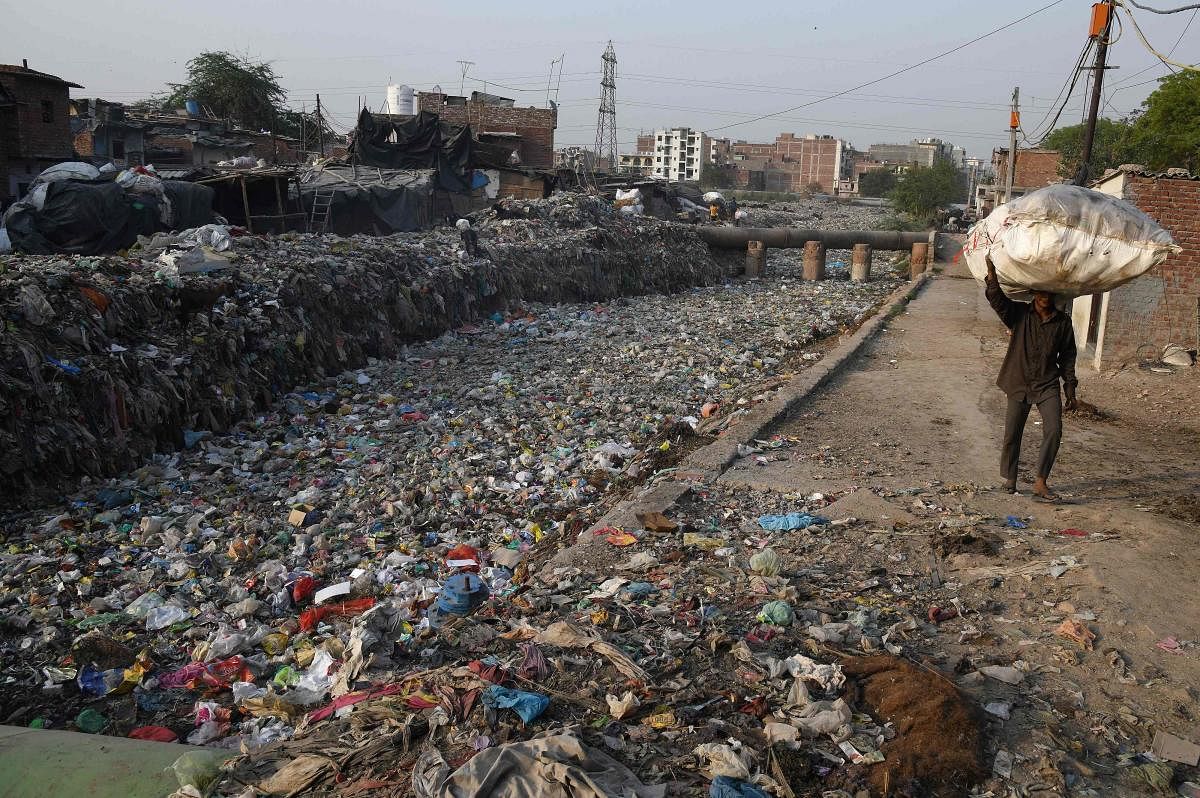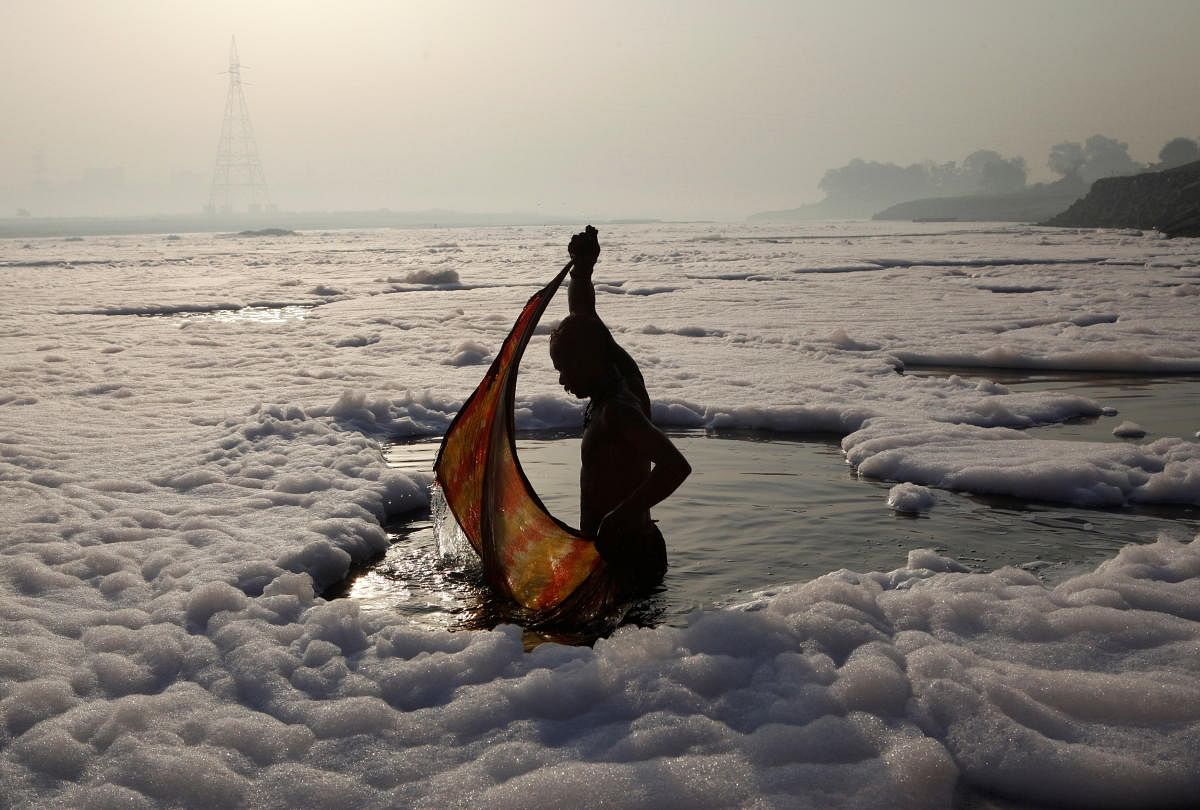
In a first for India, in May, Karnataka announced that it would test sewage water to assess the prevalence of Covid-19. Traces of the novel coronavirus will help identify potential clusters and any alarming variants that may spring up due to mutations. The municipal body hopes to cover over 75% of Bengaluru's population.
In 2020, researchers from The University of Queensland (UQ) and Australia’s National Science Agency--CSIRO--announced that they had successfully demonstrated the presence of SARS-CoV2 in Australia’s untreated waste water. A statement from the Director of UQ’s Queensland Alliance for Environmental Health Sciences revealed that samples of wastewater were analysed for specific nucleic acid fragments of the virus using the RT-PCR analysis. The presence of SARS-CoV2 in certain wastewater samples was then confirmed using genetic sequencing techniques.
The study indicated that analysing waste water for SARS-CoV2 could serve as an early warning tool in areas where the infection load was still low. However, the study also brought to centre-stage the fact that wastewater could potentially spread the disease if left untreated.
Epidemiology
Studies like these come under an approach known as Wastewater Based Epidemiology (WBE). The approach helps outline comprehensive health information on communities. It is a transdisciplinary research field that involves waste water experts, engineers, health officials, chemists and biochemists. In brief, a sample of wastewater is collected at the influent (raw-sewage) of a wastewater treatment plant. This is subsequently tested for substances. The results are then compared over time and across locations. This enables researchers to analyse trends. Understanding these results requires expertise from numerous research fields.
During pandemics, obtaining microbial and viral data can be extremely helpful. However, the process is laborious, involving many steps, so that the results are reliable. These steps include collecting representative samples, designing optimal monitoring systems, estimating the number of people near the treatment plant, evaluating large data sets and assessing the transformation of substances in sewers.
In the last decade, in studies involving WBE, scientists have found disturbing amounts of antibiotics and antibiotic-resistant bacteria in both freshwater and wastewater. In an article in Horizon, an EU research and innovation magazine, Professor Willem van Schaik of the University of Birmingham said that antibiotic residue can reach the environment when people excrete them.
In many poor and developing nations, 80% of the sewage is discharged untreated. This makes its way into city canals, whose water is used to irrigate urban farms. Hence, urban farming that is supposed to be a boon can also become a bane. The load in waste water that comes out of hospital sewerage is another potent source of antibiotics and antibiotic-resistant bacteria. Added to this risk is the threat of Covid-19. The current disaster is big enough – can we afford another one? More importantly, do we have a solution to avert another crisis?
Where do we stand?
Approximately 80% of water supplied for domestic uses comes out as wastewater. Even today in many urban areas, waste water is untreated due to the lack of an effective sewerage network.
In 1992, a World’s Health Organisation study reported that out of India’s 3,119 towns and cities, only 209 had partial wastewater treatment facilities, only eight had full facilities, and alarmingly, nearly 114 cities dumped untreated sewage and partially cremated bodies directly into the River Ganga.
Thankfully by 2016, the number of sewage treatment plants (STPs) rose to 920 in different states, out of which 615 STPs were operational, 80 STPs were non-operational, 154 STPs were under construction, and 71 STPs were in the stage of planning. This was the last time an inventory was taken. The estimated sewage generation in the country was 61,948 mld in 2015 against the available treatment capacity of 23,277 mld. This meant 62% of the sewage load is left untreated.
Typically, hospital effluents and domestic sewage are treated in conventional waste water treatment plants. These plants occupy a large amount of space besides consuming electrical energy and chemicals for their treatment. Aeration is one of the steps in the treatment process. Several researchers indicate that the aeration process generates bio-aerosols in the vicinity of plants which may carry infectious pathogens and virus. The risks are more pronounced in the case of waste water from hospital or quarantined centres.
Hence, STP operators are required to be vigilant and exercise caution during the operation. Use of PPEs especially masks, gloves and goggles are imperative. There are also technologies that can minimise human intervention and yet treat waste water efficiently. St Martha’s Hospital in Bengaluru, for instance, uses technology that does not use aeration or mechanical agitation, thus virtually eliminating the generation of bio-aerosols.
Typically, a good STP technology should have ecological and economic advantages. But in many cases, the cost of setting up a sewage treatment plant can be very high, as also the budget for Operation and Maintenance. To ensure progress in the water environment, not only the construction of an STP but also the proper Operation and Maintenance of STP is essential. One of the limiting factors in treating waste water is the poor sewerage network in many of our cities and hence a key point is to look at decentralised systems that will circumvent this issue.
Good STP technology should consume minimal energy; some technologies with anaerobic modules also produce energy in the form of biogas. After treatment, the end product must be fit enough to at least be used for watering plants and landscaped areas. Additionally, the mineralised sludge can be co-composted with organic material or dewatered for further reuse as fertiliser and soil conditioner. With lakes and other waterbodies in extremely precarious conditions, waste water treatment has to take centre stage. There have been success stories in cities like Bengaluru despite news about the frothing of lakes. We simply need to replicate them – and fast.
